Switching chords are all about finger independence and working together. This can be developed using the "double stop" fingering drills presented in this lesson. A "double stop" is a term borrowed from violin technique where you are stopping two strings or two notes - an interval.
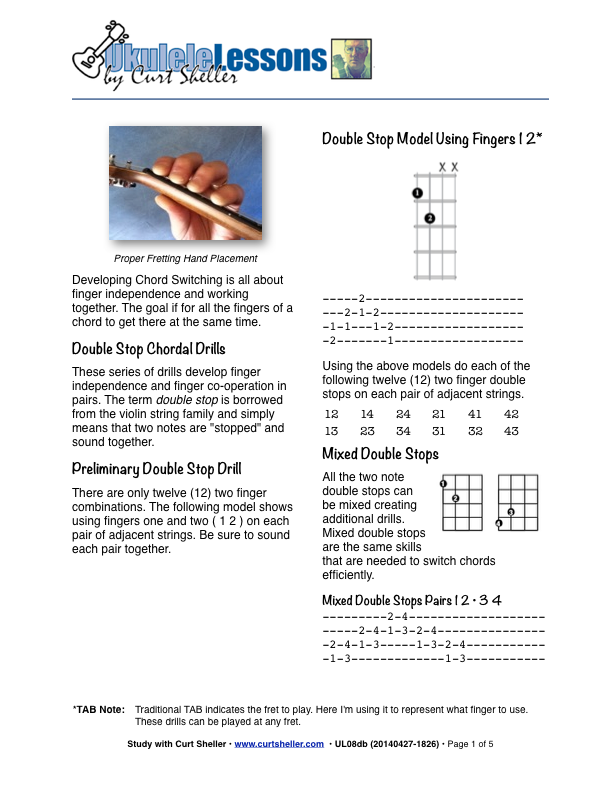
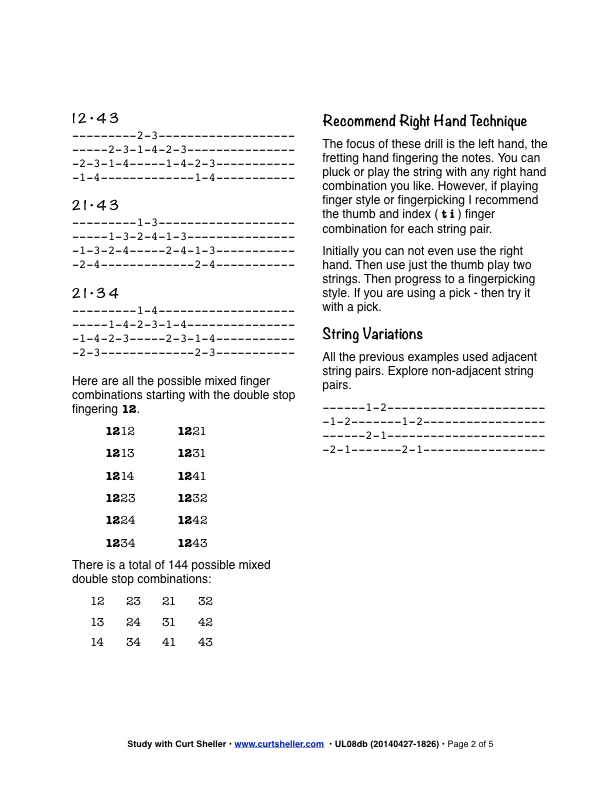
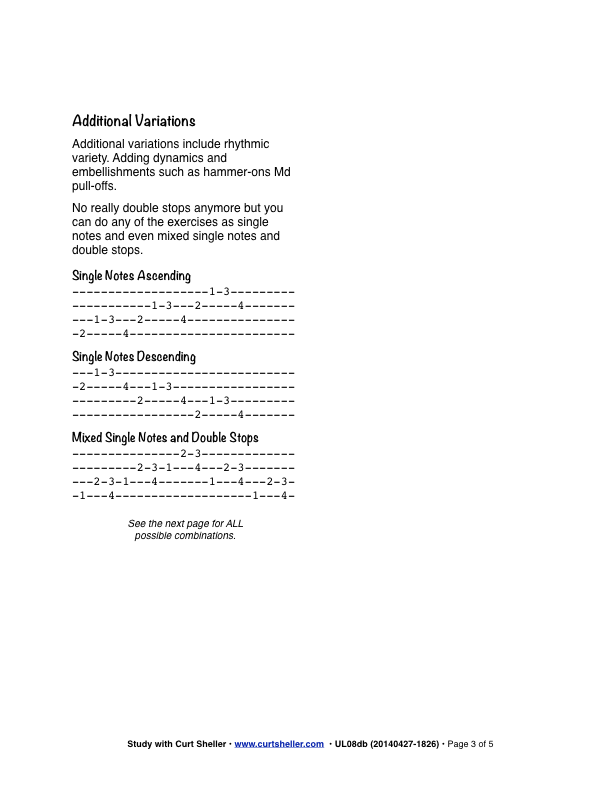
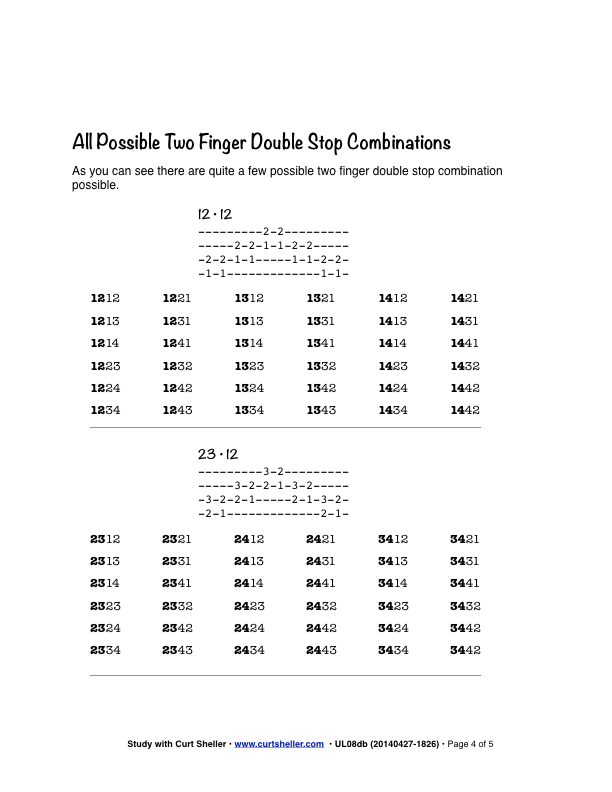
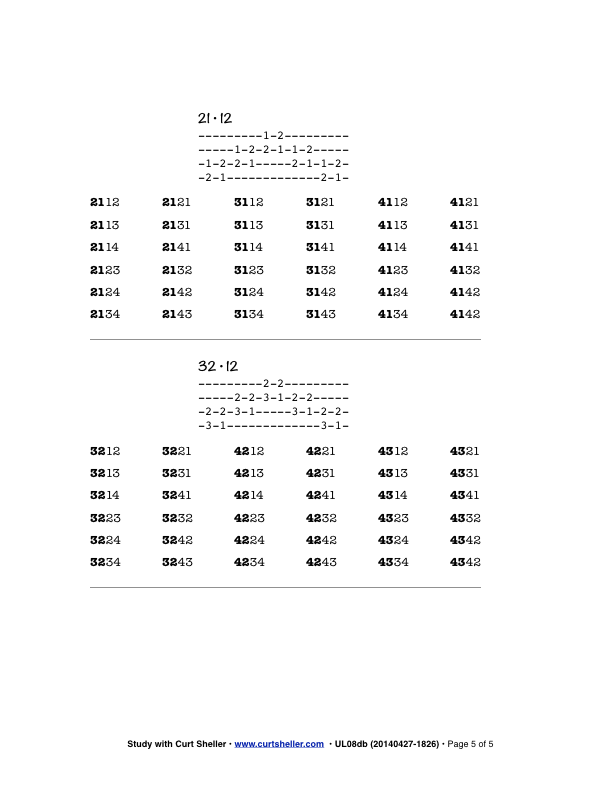





Switching chords are all about finger independence and working together. This can be developed using the double stop fingering drills presented in this lesson.
Available for Premium Site Access Plans Only
Sorry, can't give it ALL away!
This content requires a Premium / Gold Access Plan or enrolled in the Study with Curt - On-line or Private Lesson Program.
To view additional content for this page you'll need to either Sign In or Register or Upgrade to a Premium Site Access Plan .
A Double Stop
is a term borrowed from violin technique where you are stopping two strings or two notes – an interval.
Double Stop Chordal Drills
These series of drills develop finger independence and finger co-operation in pairs. The term double stop, borrowed from the violin string family and simply means that two notes are sound together.
Adjacent String, Same Fret
As this can happen with chords, it's a good variation to explore with the Double Stop Drills. Using the fingering principles we use for single notes, we can apply these when performing these Double Stop drills. The combinations of fingers 2-3 and 3-4 will use the Contraction fingering principle — that's it, not other combination would be used on same frets adjacent string. For finger one on adjacent string, use a finger on barre
across the two adjacent strings.
Taking the fingering combination/pairs from the lesson: 1-4, 2-3. Perform 1-4 as in Basic
position, as in the PDF. For the 2-3 pair, do them on adjacent strings, the same fret. And advanced variation would be the play them on no-adjacent strings. See the String Combinations for the possibilities.

to

Then repeat these Double Stops on each pair of adjacent string. Remember to perform both ascending and descending.
The finger combination is using the Contraction fingering principle from my book: The Six Secrets of Ukulele Fingering .
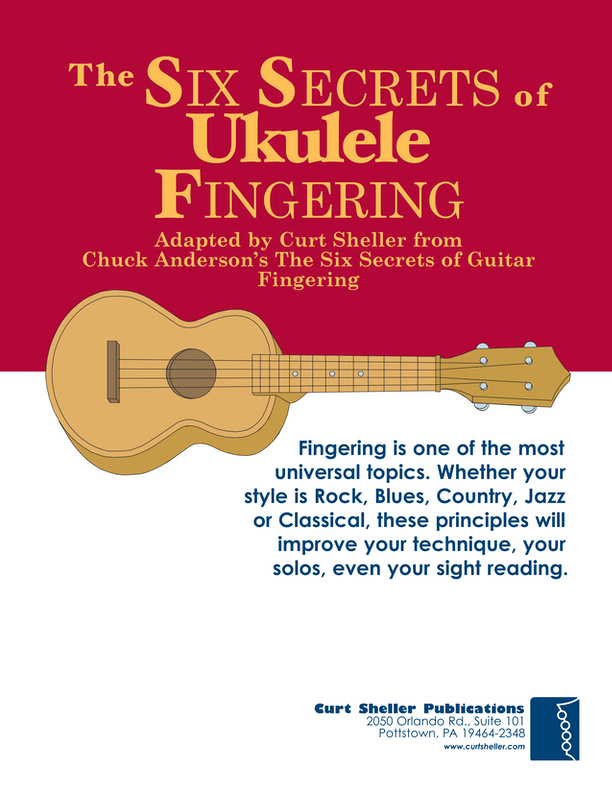
This can also be applies with the Stationary Stretch fingering principle.

to

NOTE: – As you can see that are a lot of possibilities that need and should be explored.
Finger One Barre
When using finger one of adjacent strings, a barre
is required. This is the ONLY finger that should be barred across multiply strings. In cases where you might be inclined to use a finger two, three or four barre, they can be replaced with a contraction using 2-3 or 3-4.
Check out this lesson for Developing Your Finger One Barre .
Triple Stops
Triple equals three, so this means three fingers. Triads are three notes chords and depending on the fingering you can, at most use three fingers.
For exploring Triple Stops, simple use the Triads lessons on the site as material for these.
NOTE: – If you have, indeed done enough of the Double Stop drills. Chords and triads will be no problem.
Switching chords are all about finger independence and working together. This can be developed using the double stop fingering drills presented in this lesson.
Available for Premium Site Access Plans Only
Sorry, can't give it ALL away!
This content requires a Premium / Gold Access Plan or enrolled in the Study with Curt - On-line or Private Lesson Program.
To view additional content for this page you'll need to either Sign In or Register or Upgrade to a Premium Site Access Plan .
A Double Stop
is a term borrowed from violin technique where you are stopping two strings or two notes – an interval.
Double Stop Chordal Drills
These series of drills develop finger independence and finger co-operation in pairs. The term double stop, borrowed from the violin string family and simply means that two notes are sound together.
Adjacent String, Same Fret
As this can happen with chords, it's a good variation to explore with the Double Stop Drills. Using the fingering principles we use for single notes, we can apply these when performing these Double Stop drills. The combinations of fingers 2-3 and 3-4 will use the Contraction fingering principle — that's it, not other combination would be used on same frets adjacent string. For finger one on adjacent string, use a finger on barre
across the two adjacent strings.
Taking the fingering combination/pairs from the lesson: 1-4, 2-3. Perform 1-4 as in Basic
position, as in the PDF. For the 2-3 pair, do them on adjacent strings, the same fret. And advanced variation would be the play them on no-adjacent strings. See the String Combinations for the possibilities.

to

Then repeat these Double Stops on each pair of adjacent string. Remember to perform both ascending and descending.
The finger combination is using the Contraction fingering principle from my book: The Six Secrets of Ukulele Fingering .

This can also be applies with the Stationary Stretch fingering principle.

to

NOTE: – As you can see that are a lot of possibilities that need and should be explored.
Finger One Barre
When using finger one of adjacent strings, a barre
is required. This is the ONLY finger that should be barred across multiply strings. In cases where you might be inclined to use a finger two, three or four barre, they can be replaced with a contraction using 2-3 or 3-4.
Check out this lesson for Developing Your Finger One Barre .
Triple Stops
Triple equals three, so this means three fingers. Triads are three notes chords and depending on the fingering you can, at most use three fingers.
For exploring Triple Stops, simple use the Triads lessons on the site as material for these.
NOTE: – If you have, indeed done enough of the Double Stop drills. Chords and triads will be no problem.
Related Lessons, Videos, Lesson Series, Songs, Books & Reference Charts, Resources & Assets, Workshops are below.

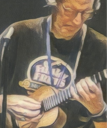

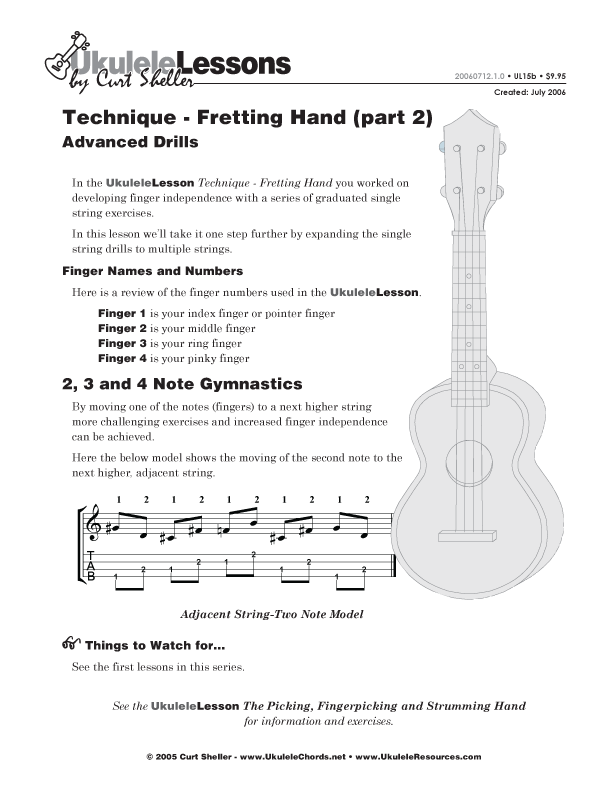
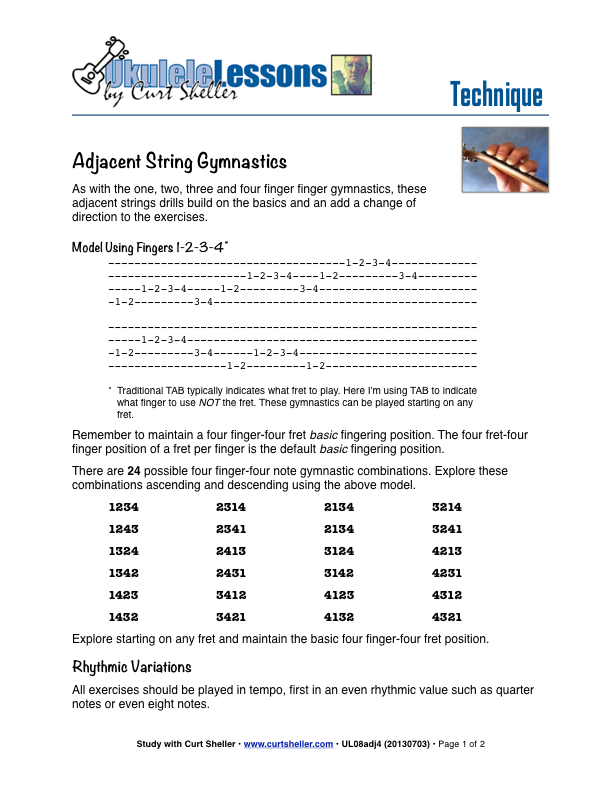

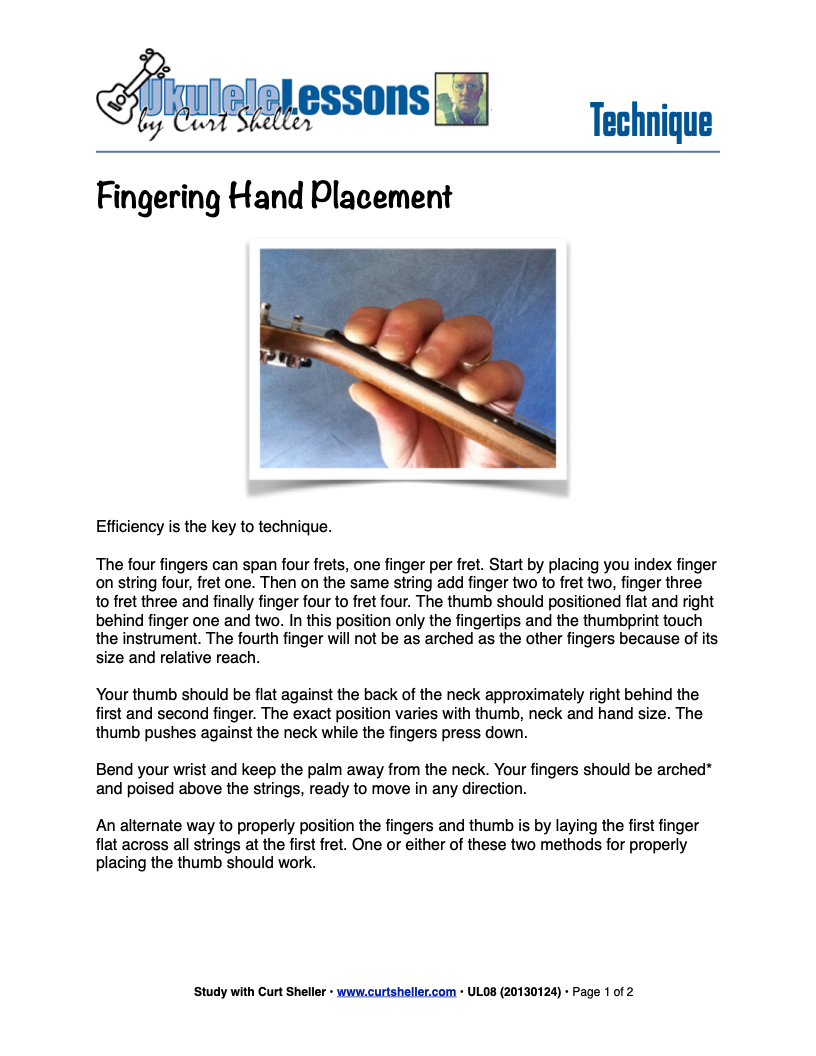




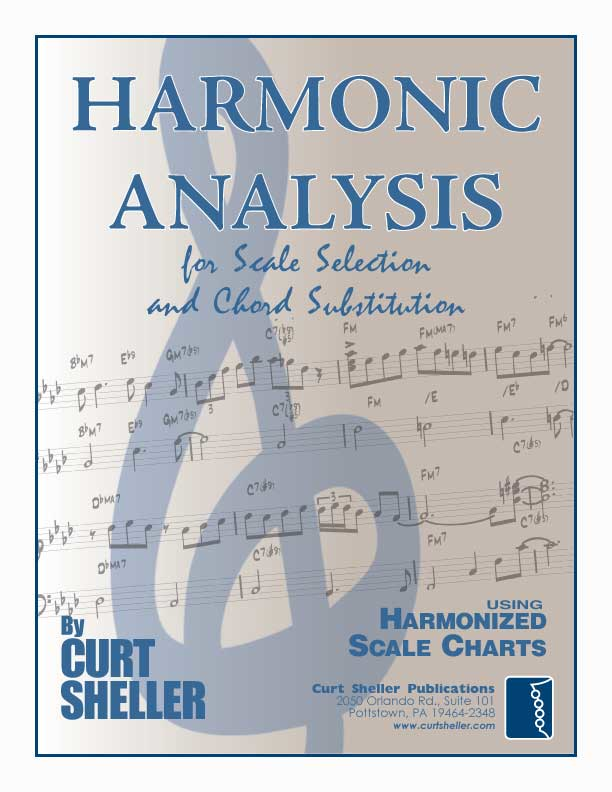
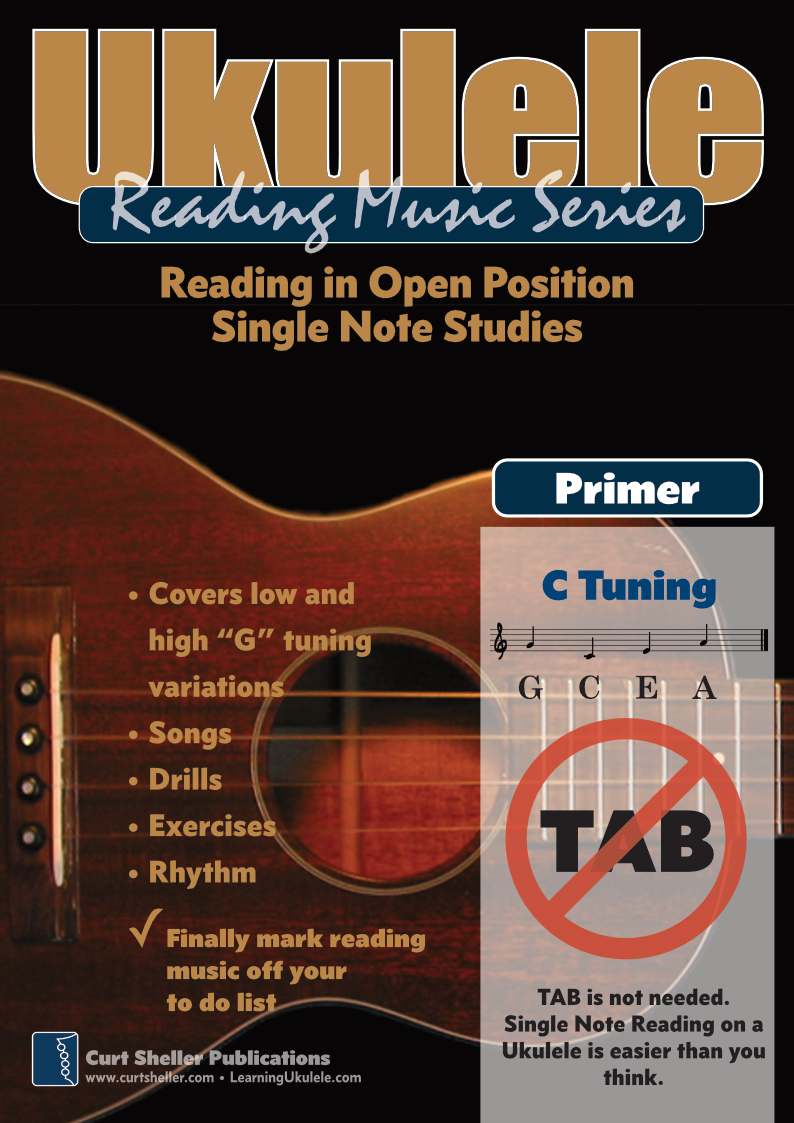
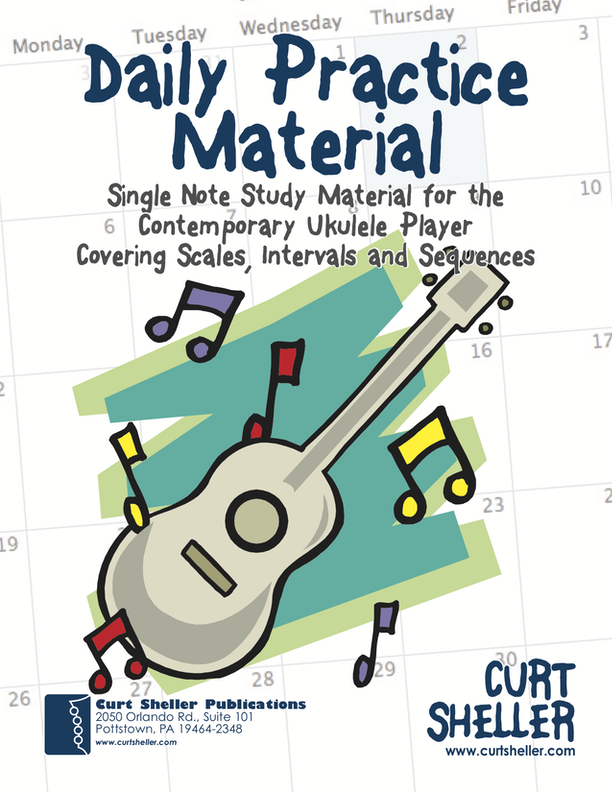
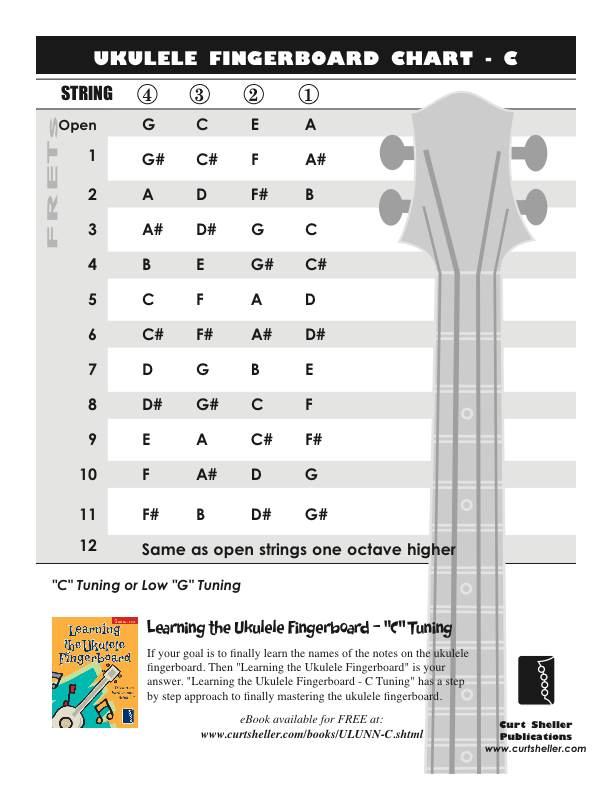
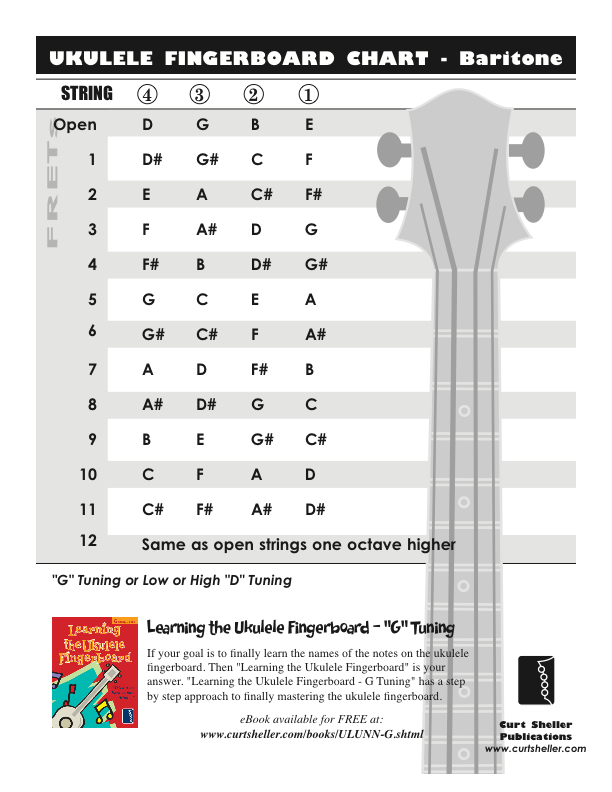

.jpg)